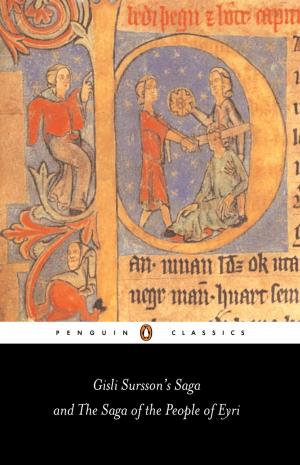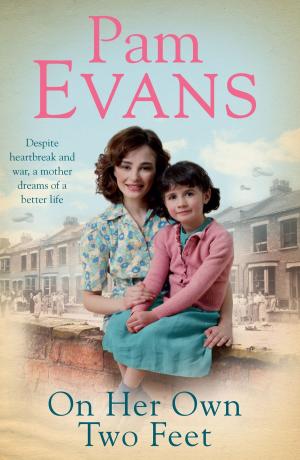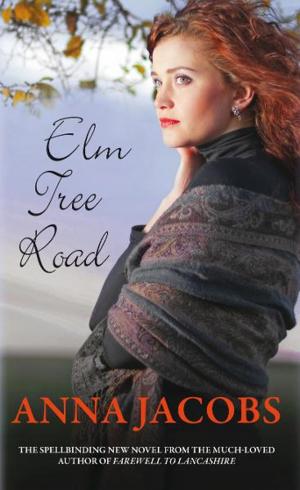| Author: | Jacob Basimanebotlhe Malatji | ISBN: | 9780992171766 |
| Publisher: | Jacob Basimanebotlhe Malatji | Publication: | July 1, 2016 |
| Imprint: | Language: | English |
| Author: | Jacob Basimanebotlhe Malatji |
| ISBN: | 9780992171766 |
| Publisher: | Jacob Basimanebotlhe Malatji |
| Publication: | July 1, 2016 |
| Imprint: | |
| Language: | English |
The author in this short parable-like story provides lessons of life in an African rural set-up that touches on core human values (love, respect, Ubuntu, generosity, perseverance, hard work, trustworthiness, courage and hope) in a story form. He makes good use of the African tradition of using stories to espouse and encourage people especially the young to observe these values.
While tragic in many ways, the story in this book teaches of hope, renewal, commitment and the power of forgiveness. The author writes from the African renaissance perspective and uses the story to carry readers through generational struggles, conflicts, hurts, successes and triumphs. Although this book is intended to be a teaching tool we do still relate to the characters and their lives. There is a fair amount of descriptive repetition and yet it is interesting from a learning perspective because it reinforces the knowledge shared.
The story is clearly intended as a teaching tool rather than a novel and thus aspects such as the development and descriptions of characters – protagonists and antagonists are not as important. What the characters do is more important and we learn from their trials and successes. The story offers an enjoyable insight into the African village cultural traditions and the dangers and beauty of wildlife in the African countryside. Human nature is human nature and wherever one might find oneself, the central questions and dilemmas are universal and the ethical aspects that arise from the story bear reflecting upon whatever tradition one is from.
While tragic in many ways, the story in this book teaches of hope, renewal, commitment and the power of forgiveness. The author writes from the African renaissance perspective and uses the story to carry readers through generational struggles, conflicts, hurts, successes and triumphs. Although this book is intended to be a teaching tool we do still relate to the characters and their lives. There is a fair amount of descriptive repetition and yet it is interesting from a learning perspective because it reinforces the knowledge shared.
The story is clearly intended as a teaching tool rather than a novel and thus aspects such as the development and descriptions of characters – protagonists and antagonists are not as important. What the characters do is more important and we learn from their trials and successes. The story offers an enjoyable insight into the African village cultural traditions and the dangers and beauty of wildlife in the African countryside. Human nature is human nature and wherever one might find oneself, the central questions and dilemmas are universal and the ethical aspects that arise from the story bear reflecting upon whatever tradition one is from.
The author in this short parable-like story provides lessons of life in an African rural set-up that touches on core human values (love, respect, Ubuntu, generosity, perseverance, hard work, trustworthiness, courage and hope) in a story form. He makes good use of the African tradition of using stories to espouse and encourage people especially the young to observe these values.
While tragic in many ways, the story in this book teaches of hope, renewal, commitment and the power of forgiveness. The author writes from the African renaissance perspective and uses the story to carry readers through generational struggles, conflicts, hurts, successes and triumphs. Although this book is intended to be a teaching tool we do still relate to the characters and their lives. There is a fair amount of descriptive repetition and yet it is interesting from a learning perspective because it reinforces the knowledge shared.
The story is clearly intended as a teaching tool rather than a novel and thus aspects such as the development and descriptions of characters – protagonists and antagonists are not as important. What the characters do is more important and we learn from their trials and successes. The story offers an enjoyable insight into the African village cultural traditions and the dangers and beauty of wildlife in the African countryside. Human nature is human nature and wherever one might find oneself, the central questions and dilemmas are universal and the ethical aspects that arise from the story bear reflecting upon whatever tradition one is from.
While tragic in many ways, the story in this book teaches of hope, renewal, commitment and the power of forgiveness. The author writes from the African renaissance perspective and uses the story to carry readers through generational struggles, conflicts, hurts, successes and triumphs. Although this book is intended to be a teaching tool we do still relate to the characters and their lives. There is a fair amount of descriptive repetition and yet it is interesting from a learning perspective because it reinforces the knowledge shared.
The story is clearly intended as a teaching tool rather than a novel and thus aspects such as the development and descriptions of characters – protagonists and antagonists are not as important. What the characters do is more important and we learn from their trials and successes. The story offers an enjoyable insight into the African village cultural traditions and the dangers and beauty of wildlife in the African countryside. Human nature is human nature and wherever one might find oneself, the central questions and dilemmas are universal and the ethical aspects that arise from the story bear reflecting upon whatever tradition one is from.















